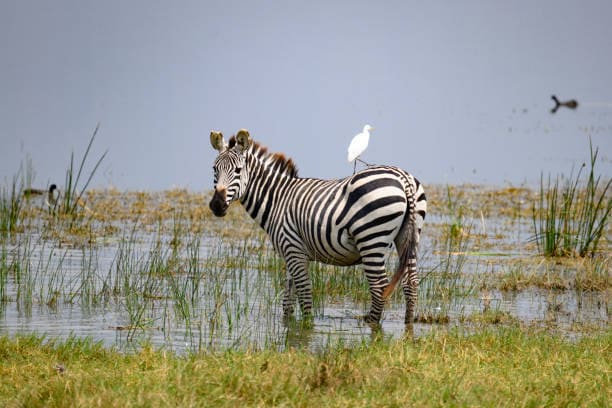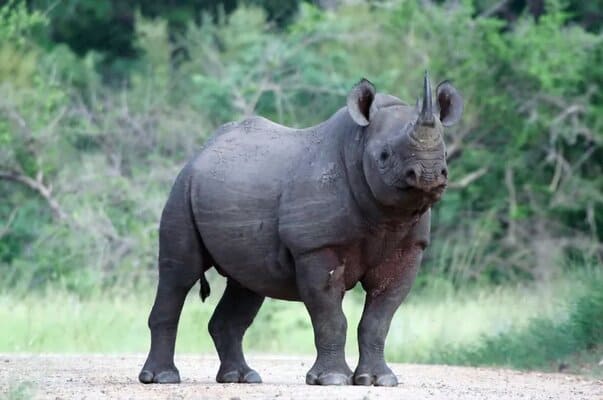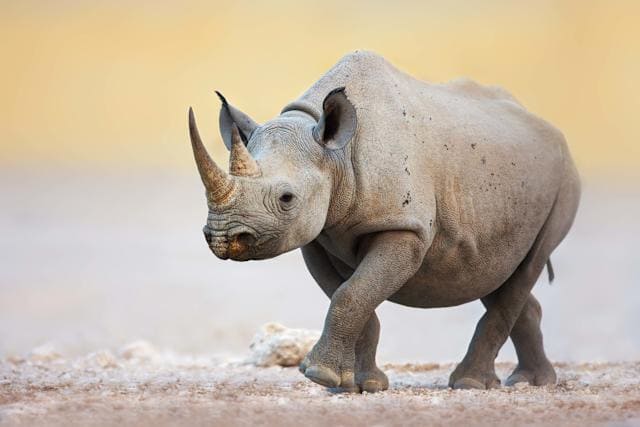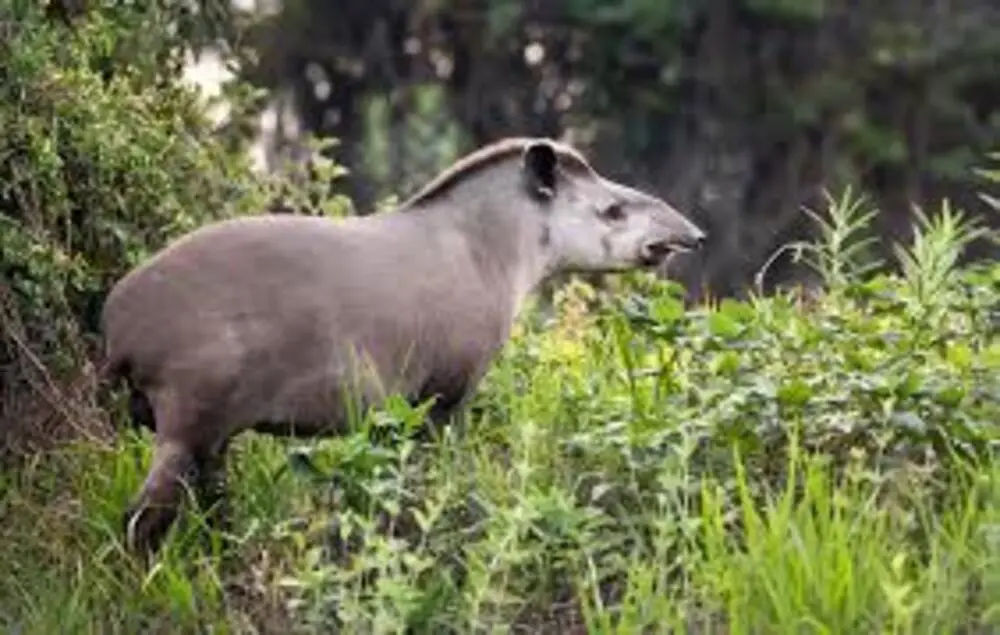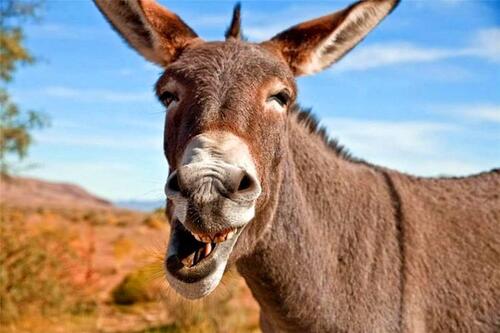Hippotragus leucophaeus
IUCN
LCBasic Information
Scientific classification
- name:Hippotragus leucophaeus
- Scientific Name:Hippotragus leucophaeus,Bluebuck
- Outline:Ungulata
- Family:Artiodactyla Bovidae Hippodrome
Vital signs
- length:2.3-2.8m
- Weight:About 160kg
- lifetime:About 18 years
Feature
Extinct, the first large mammal to disappear in Africa
Distribution and Habitat
When European settlers settled in the Cape Colony in the 17th and 18th centuries, bluebucks were found in the southwest. They were not very common, probably confined to less than 4,000 square kilometers of grassland between Kelton, Swellendam and Bredasdorp. A blue-grey-coated bluebuck was found near Bethlehem in the Free State in 1853, and it is now estimated that this was the last of the bluebucks. Archaeological and paleontological evidence suggests that the bluebuck was more widespread and more common in the early Holocene, about 10,000 years ago. They were once found on the plains from Elands Bay to Uniondale. Bluebucks are depicted in cave paintings in Ficksburg and Golden Gate Highlands National Parks, and Pleistocene remains have been found near Ladytown.
Early settlers reported that bluebucks lived in swamps and open grasslands, even at altitudes of up to 2,400 meters. Water is essential for their habitat. Bluebuck prefers grasslands of medium to long length and avoids area
Appearance
Male bluebucks are larger than females, about 2.5 to 3 meters long, while females are 2.3 to 2.8 meters long. They are 1 to 1.2 meters tall at the shoulder and weigh 160 kilograms. The antlers are about 50 to 61 centimeters long.
Bluebucks are large and horse-like antelopes, smaller than the roan and sable antelopes. Their body proportions are similar to those of the southern reedbuck. They have long snouts, long and strong necks, short manes, long and white feet with black spots on the front, and tails that grow to the ankles. Their ears are long and pointed like donkeys.
The antlers of bluebucks are just above the eye sockets, long and crescent-shaped, extending from the skull at right angles, then bending back to the shoulders without any twists in between. There are 20 to 35 rings from the entire horn to the tip, more than those of roan antelopes. Their horns are lighter and less dense than those of roan and sable antelopes.
The fur of the bluebuck is short and shiny, rang
Details
The scientific name of the bluebuck is Hippotragus leucophaeus, and its foreign name is Bluebuck. It is an extinct antelope and the first large mammal to disappear in Africa. They are close relatives of the black antelope and the black antelope, but are slightly smaller.
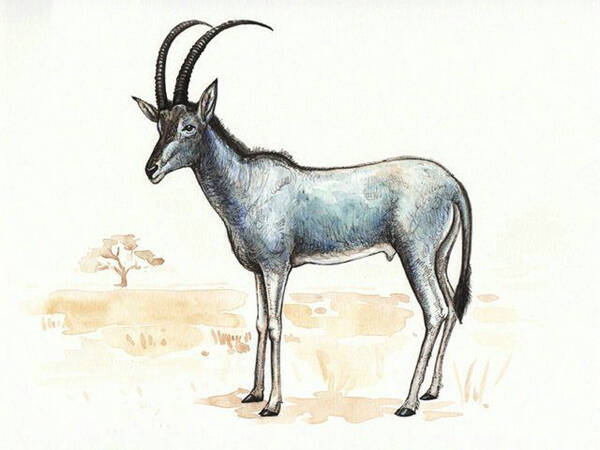
Like the antelope and black antelope, the blue antelope needs to drink water every day. They are selective feeders and only prefer to eat medium-length grasses such as yellow-backed grass, yellow grass, millet and teff. They particularly like to eat fresh grass and will feed along rivers during the dry season.
Because females also have horns, they are more aggressive. Males and females also maintain dominance levels. The mother group will not be open to outsiders, and members will butt each other to push each other out of the activity circle to increase the range of each other's activities.
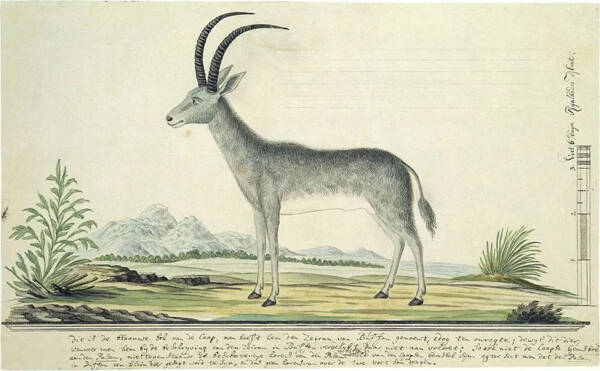
The gestation period of the bluebuck is 268 to 281 days, and one calf is born each time, with the peak period in late summer. The calf weighs about 12 to 14 kilograms at birth and has a lifespan of about 18 years.

In fact, when the bluebuck was first discovered by European colonists in 1719, it was already rarely distributed on Earth. The decline of the bluebuck went through several periods: 2000-3200 years ago, changes in climate and habitat caused the number of bluebucks to begin to decline; in the 16th century, the number of bluebucks dropped sharply due to the introduction of other animals and the destruction of the ecological environment; in the 18th century, European colonists reclaimed land in Africa and turned a large number of grasslands into farmland, which affected the survival of the picky bluebucks, and the direct killing by hunters and farmers aggravated the deterioration of the living conditions of the bluebucks. The hunters did not kill them for meat, but for the blue-gray fur. As for the bluebuck meat, it is generally used to feed dogs. What an absurd massacre! According to the investigation of German zoologist Martin, the last bluebuck was killed in Swellendam in 1799 or 1800. Today, only four bluebuck specimens are collected in Vienna, Stockholm, Paris and Leiden for future generations to sigh, pay tribute and reflect. Since historical records, the bluebuck is the first large mammal to become extinct in Africa.
There are four mounted specimens of bluebuck, which are kept in Vienna, Stockholm, Paris and Leiden. In addition to the bones, two skulls are kept in Amsterdam and Glasgow, and three pairs of horns are kept in Uppsala, London and Cape Town. However, none of these specimens have been formally verified. The mounted specimens are not blue, and it is estimated that their blue color comes from a mixture of black and yellow fur.
Protect wild animals and eliminate game.
Maintaining ecological balance is everyone's responsibility!

